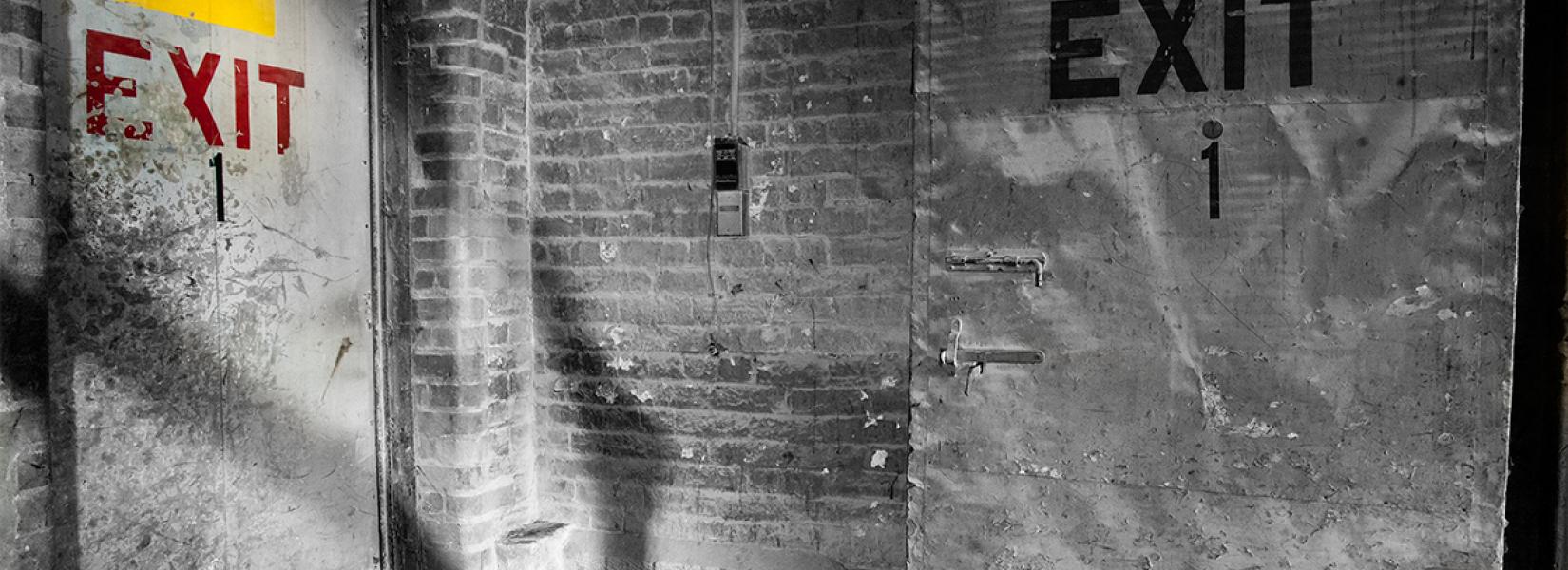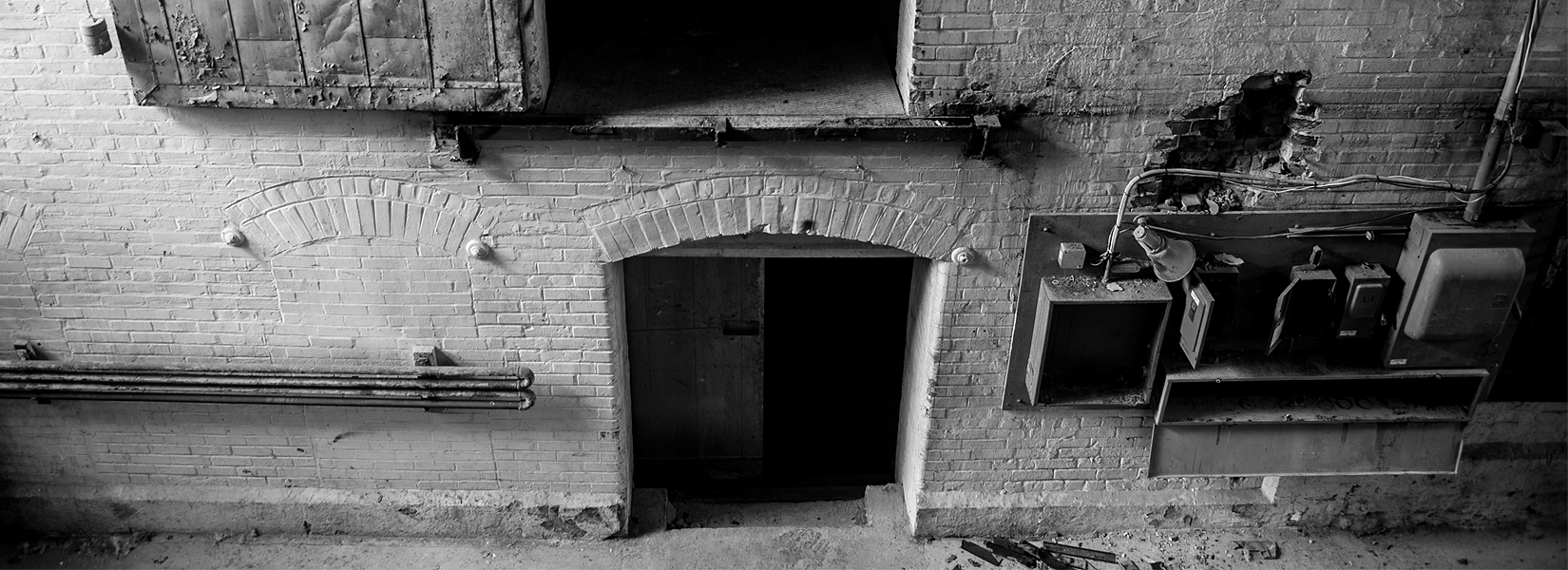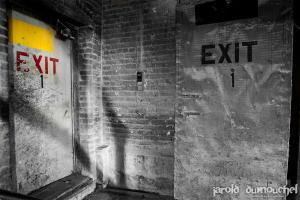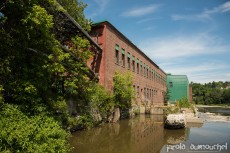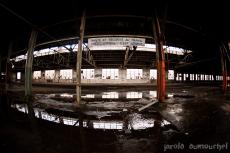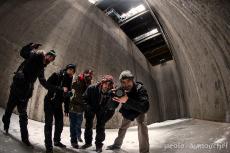It was October 3, 2014 when it has been heard for the last time the siren for the end of the work shift. The last 180 employees picked up their belongings and closed the door behind them, thus ending an industrial history of over 125 years.
...The old and abandoned Blachford plant
Chemicals and squatters
From the outside, there is no indication that the plant is abandoned. No window is doomed and there is no "for sale" sign. Even the structure of the building is still in very good condition. I myself had doubts when I heard about it for the first time. The info came from an urbexer who invited me to join him and his friend. Knowing these two photographers by their (very good) reputation, I could not refuse this invitation!
Playing hide and seek with squatters
Closed in 2010, the interior of the plant is still in very good condition, as its façade. We did find a graffiti inside, but it was, at the moment, the only trace of any alteration made there.
But soon enough we discovered that we were not alone. Having already explored the site a few days ago, my two companions ClementRSedona and Gradley Barrett had come across them while they were asleep. We knew that they had taken up residence on the third floor in the lab area. When we arrived, they came to spy on us, hiding behind a big column, but they had probably failed their 101 Spying class because we spotted them immediately. We tried to greet them and tell them that we were only there to take photos, but they ran away back to the third floor.
Thereafter, they tried to block us access to the portion of the building they occupied by blocking a door, but they forgot to do the same with the door next from the first one. As a courtesy, we preferred to leave them alone and thus renounced to great pictures in a portion of the plant that looked very promising.
The story of a family business
In 1921 Henry Lloyd Blachford, 25 years old, founded a sales agency, specialized in chemicals used in the production of rubber, paint and ink. While the war was profitable for the company with several major contracts, the reputation of the latter began to radiate outside the Canada, in the United States and England.
In the 1950s, the company expanded in the Toronto area, allowing it to diversify its offering. Over the following decades, the company built new factories in Troy, Michigan and Mississauga, Ontario, where the production from Montreal began to get transferred to in 1984.
In 1987, the owner and founder of the company, Henry Lloyd Blachford, died only a few weeks after retiring. John, his son, took over the reins of the company.
After an announcement made in November 2009, the Montreal plant was officially closed in 2010, without any fanfare. All production and the 26 jobs were transferred to the Mississauga plant, leaving there an empty shell where only a few relics were left behind. On the Internet, apart from the official statement of the company, no newspaper seemed to have mentioned the closure of the plant.
Related content
Victim of the globalization of markets, the history of Stelfil Ltd. has suddenly stopped on March 28, 2008 for the factory and its hundred employees. The company has been decorated in 2002 in the Great manufacturing company category by the...
Abandoned since December 1993, the former incinerator des Carrières, known as the incinerator # 3 is now partly used as a warehouse by the City of Montreal. It is also one of the few places where there have power in a portion of the building....
Used as a snow dump, the site of the former Francon quarry (now known as the Saint-Michel quarry) looks like a huge crater of greenery in the heart of Montreal. This area covers approximately 20% (17% to be exact) of the district of Saint-Michel...

